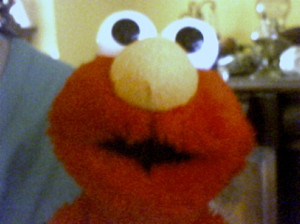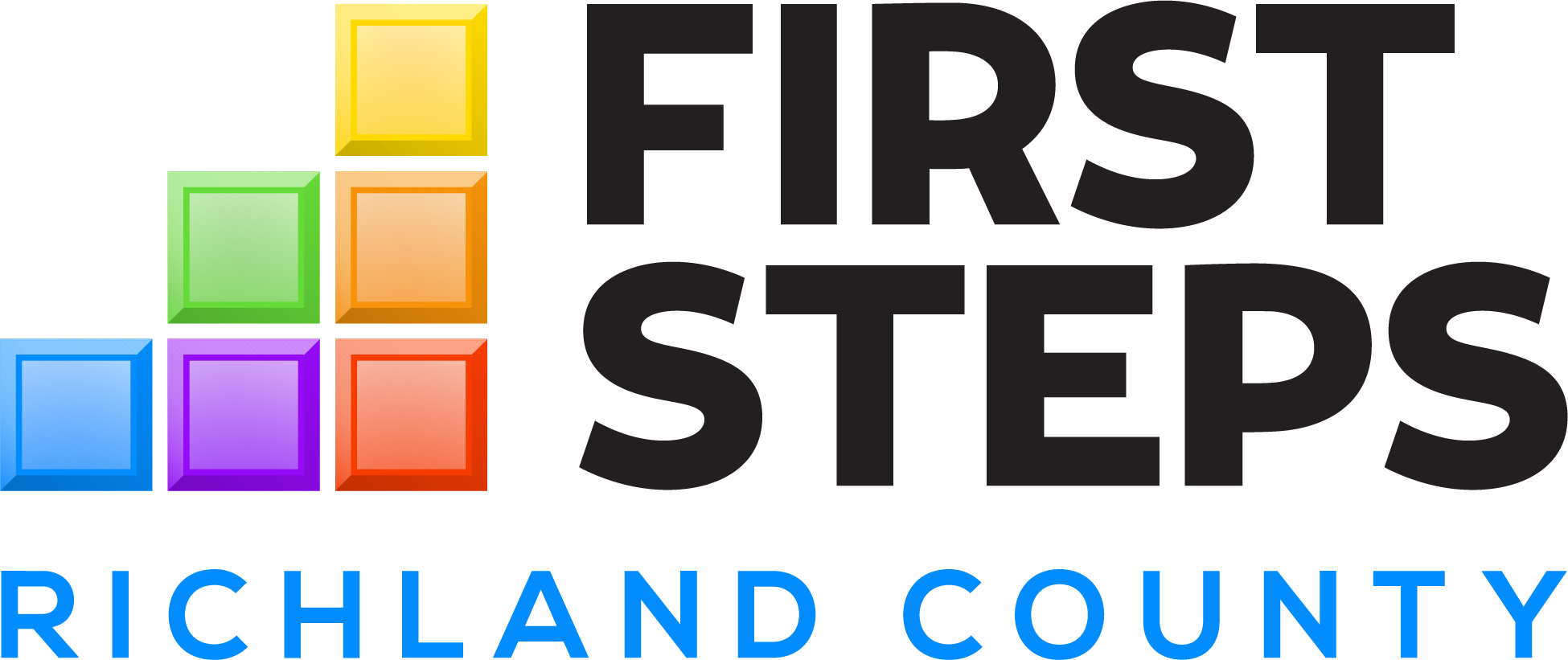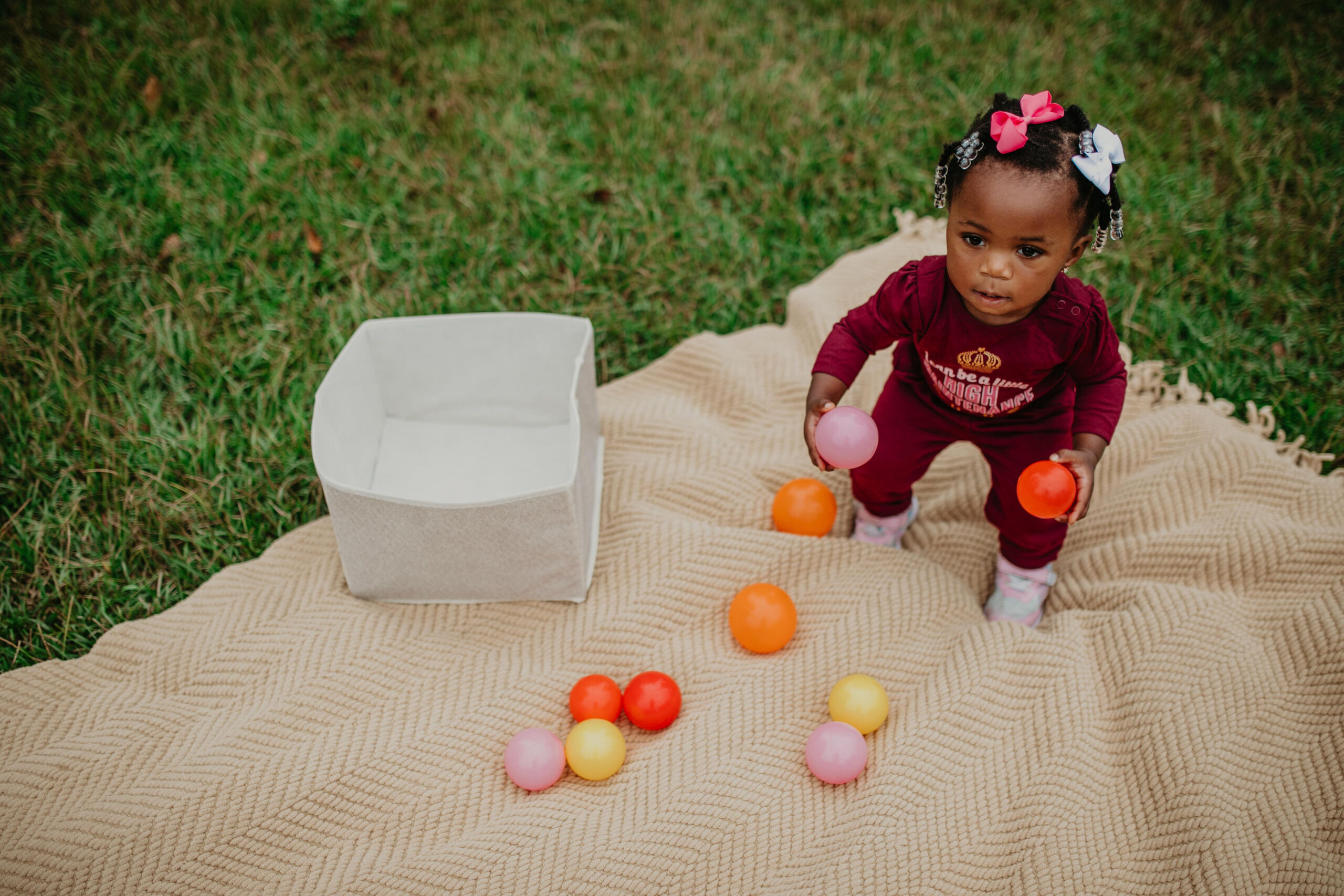 Have you ever had that eerie experience in the night of hearing one of your preschooler’s toys talking from the toy box when no one is even touching it? Hate it. Hate it even worse when it makes the dog bark and wake the whole house. One friend told me how he was tormented by his four-year-old’s talking Elmo that would randomly shout “Elmo Loves You!” at all hours of the night. Definitely the stuff of nightmares. Or maybe it’s that one toy of your child’s that he loves that plays that one song, over and over again. Yes, I do know the Muffin Man…I do, indeed.
Have you ever had that eerie experience in the night of hearing one of your preschooler’s toys talking from the toy box when no one is even touching it? Hate it. Hate it even worse when it makes the dog bark and wake the whole house. One friend told me how he was tormented by his four-year-old’s talking Elmo that would randomly shout “Elmo Loves You!” at all hours of the night. Definitely the stuff of nightmares. Or maybe it’s that one toy of your child’s that he loves that plays that one song, over and over again. Yes, I do know the Muffin Man…I do, indeed.
Our family has been both blessed and cursed with an abundance of toys. All the friends that we gleefully passed off our baby gear to when our nine year old outgrew it sent it all back when the little one came along (plus a bunch more stuff their child had accumulated). Lots of these toys (and some of the books) are very flashy — lights, electronic music, voices, sounds — and I am finding myself overstimulated. Occasionally the batteries go “missing” in one of the worst offenders.
It was a pleasant surprise, then, when a new favorite toy emerged — a tiny set of plastic nesting barrels. The little guy will play with them for such a long time, opening, closing, tossing them around. Watching him play independently with the barrels, I realized that he was making lots of new brain connections: Differentiating sizes and colors, how to manipulate the parts, sensory explorations of sound and touch, this seemingly simple toy was full of opportunities for stimulation.
“Twucks.” It’s one of the little guy’s favorite words. Like so many other boys and men, he seems obsessed with all things having four wheels — the bigger, the better. This toy truck is simple and sturdy and great for preschoolers. The “brrooom-brroom” sound effects they make while playing with them are just a bonus.
Stacking rings are a classic, and with good reason. These are made of wood, with smooth painted surfaces. Hours of entertainment, and best of all — no batteries!
It doesn’t get much more basic than a ball. We love one that is a little squishy and has a nubby surface that is easy for little hands to grip. Bounce it, roll it, toss it. This is a great toy for play with parents or older siblings.
This rediscovered love for classic toys doesn’t mean that we have tossed out all of our electronic gadgets — we have a “fridge phonics” set that gets lots of action in our kitchen — but it has been a worthwhile reminder that a toy doesn’t have to shout the alphabet at you to be “educational.”
Want to learn more about why “manipulative” toys are best for young children’s learning? This article from EarlyChildhood News provides some great background on the research behind how play is learning for young children.
Sarah Conrad is the editor of the RCFS blog. She has worked with organizations involved in early care and education since 2000. She is also the mother of a 15-month-old boy and a 9-year-old girl.






